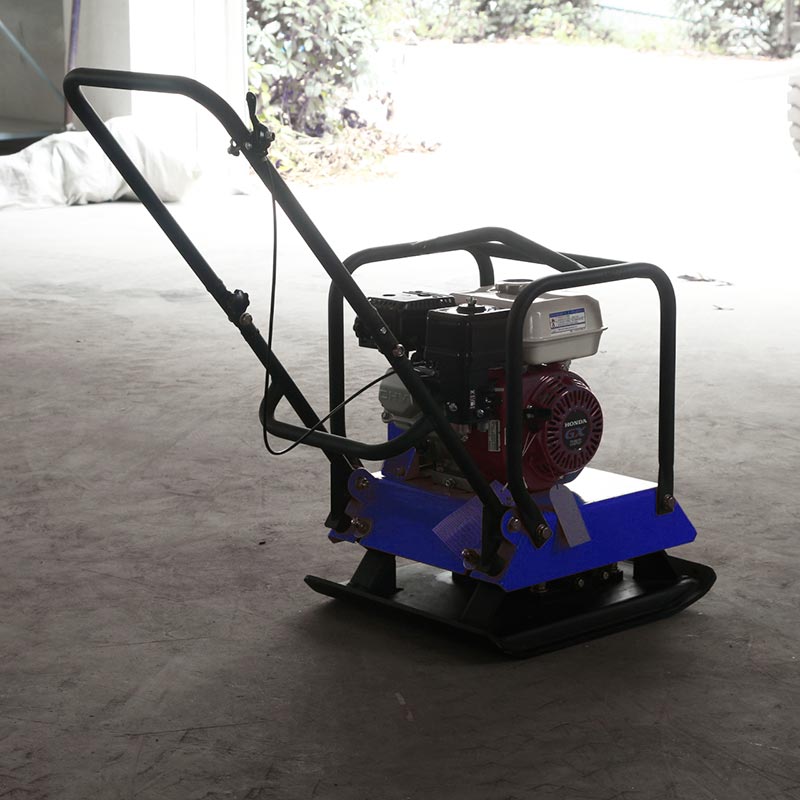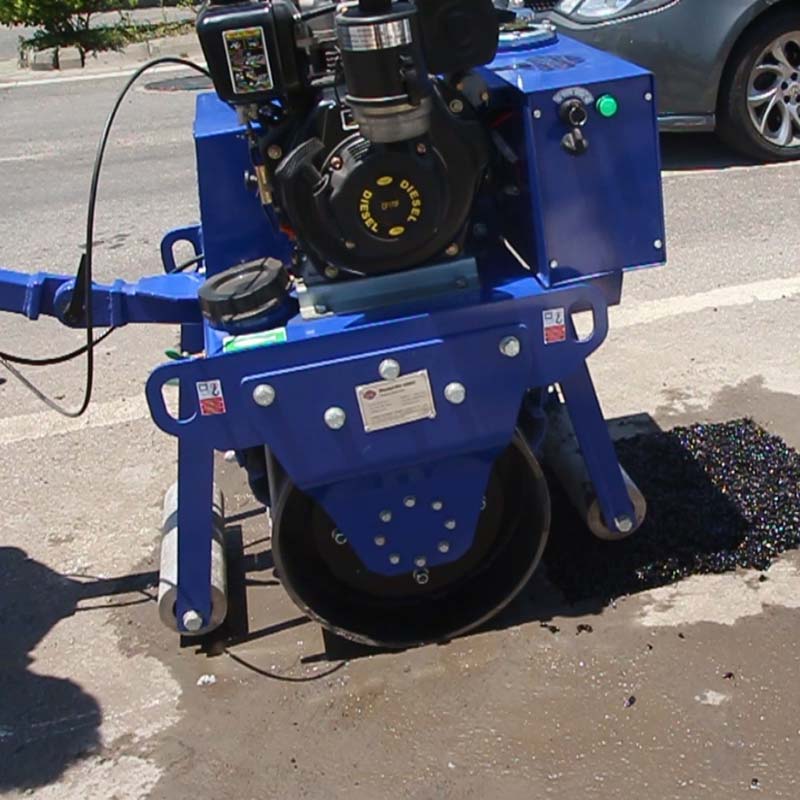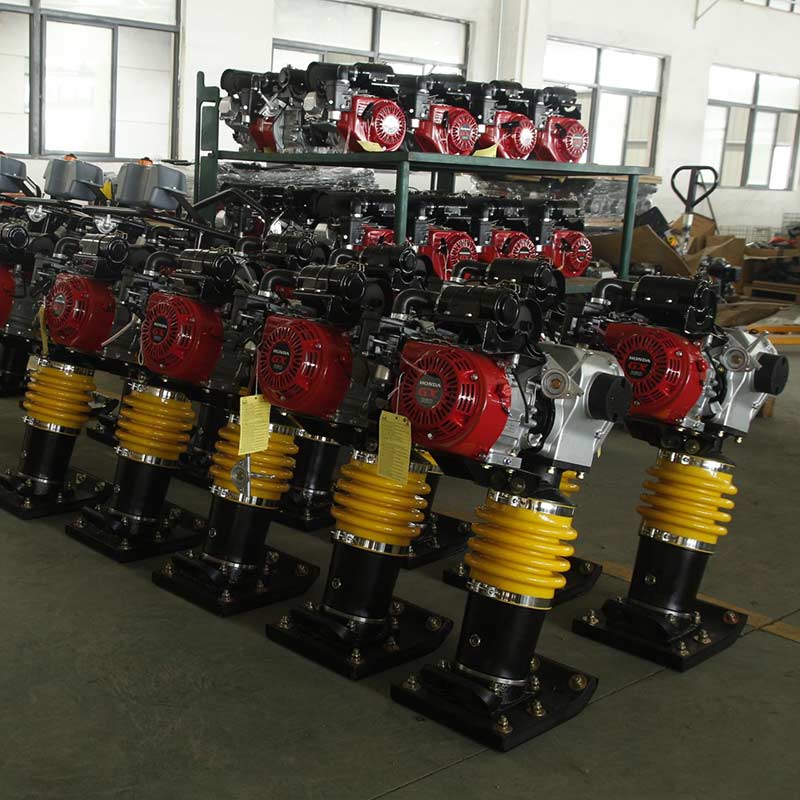Dirt Compactors: Everything You Need to Know
Dirt compactors play a crucial role in the construction industry, helping to create stable and durable foundations for various structures. Whether you’re building roads, foundations, or landscaping projects, understanding the importance of dirt compactors and how to use them efficiently can significantly impact the success of your construction endeavors. In this comprehensive guide, we will explore the key aspects of dirt compactors, their benefits, types, operation, and maintenance, empowering you with the knowledge to maximize efficiency and productivity on your construction sites.
What is a Dirt Compactor?
A dirt compactor, also known as a soil compactor or plate compactor, is a heavy construction machine used to compress different types of soil, gravel, or asphalt. The primary purpose of compacting soil is to reduce air voids and increase its density, ultimately improving its load-bearing capacity and resistance to settling. Dirt compactors are essential for ensuring a solid foundation that can withstand the weight of buildings, roads, and other structures.

Benefits of Using Dirt Compactors
1. Enhanced Stability and Durability
One of the most significant advantages of using dirt compactors is the improvement in the stability and durability of the soil. By eliminating air gaps and increasing soil density, compaction reduces the risk of settling and soil erosion, ensuring the longevity of your construction projects.
2. Increased Load-Bearing Capacity
Proper compaction significantly enhances the load-bearing capacity of the soil. When the soil can withstand heavy loads without excessive deformation, it provides a safe and reliable foundation for structures, preventing future damage and costly repairs.
3. Improved Construction Efficiency
Using dirt compactors helps expedite construction projects by reducing the time required for soil preparation. With compacted soil, you can proceed with other construction stages more quickly, resulting in overall project time savings.
4. Cost-Effectiveness
Investing in dirt compactors can lead to cost savings in the long run. Properly compacted soil decreases the likelihood of rework, repairs, or foundation failures, which can be expensive to rectify. Additionally, time saved during the construction process translates to reduced labor costs.
Types of Dirt Compactors
1. Plate Compactors
Plate compactors are the most common type of dirt compactors used in construction. They feature a large vibrating steel plate that compacts the soil beneath it. Plate compactors are ideal for compacting granular soils, such as sand and gravel, and are commonly used for landscaping, driveways, and walkways.
2. Roller Compactors
Roller compactors are heavy machines with large drums or cylinders used to compact soil and asphalt. They come in different configurations, including smooth drum rollers for granular soil and padfoot rollers for cohesive soil. Roller compactors are commonly used for road construction and larger-scale projects.
3. Jumping Jack Compactors
Jumping jack compactors, also known as rammer compactors, are smaller and more portable than plate and roller compactors. They are particularly effective for compacting cohesive and mixed soils in confined or hard-to-reach areas.
4. Tamping Compactors
Tamping compactors, also called trench compactors, are designed specifically for compacting soil in narrow trenches, often used in utility installations or pipeline projects.
Operating a Dirt Compactor
1. Site Preparation
Before operating a dirt compactor, ensure the work site is clear of debris and potential hazards. Mark any utilities or underground structures to avoid damage during the compaction process.
2. Equipment Inspection
Regularly inspect the dirt compactor for signs of wear and tear, loose bolts, and fluid leaks. Ensure that all safety features, such as emergency shut-off switches, are functioning correctly.
3. Correct Soil Moisture Content
Maintaining the correct soil moisture content is crucial for effective compaction. Soil that is too dry may not compact properly, while overly wet soil can become too sticky and difficult to work with. Use a soil moisture meter to ensure optimal moisture levels.
4. Proper Compaction Technique
When operating the dirt compactor, follow a systematic pattern to cover the entire area uniformly. Overlapping each pass ensures consistent compaction, leaving no gaps or uneven spots.
Safety Considerations
- Personal Protective Equipment (PPE): Always wear appropriate PPE, including a hard hat, safety glasses, high-visibility clothing, gloves, and steel-toed boots, when operating a dirt compactor.
- Equipment Stability: Maintain stability while operating the compactor, especially on uneven terrain. Avoid steep slopes and be cautious around trenches and excavations.
- Avoid Overcompaction: Overcompaction can lead to soil densification and reduced load-bearing capacity.
Dirt Compactor Maintenance
- Regular Cleaning: Keep the dirt compactor clean by removing dirt and debris after each use. Pay special attention to the vibrating plate or drum and ensure they are free from any material buildup.
- Lubrication: Regularly lubricate all moving parts as per the manufacturer’s recommendations to prevent premature wear and ensure smooth operation.
- Inspection and Repairs: Schedule regular inspections and maintenance checks to identify any potential issues early on. Address any problems promptly to avoid costly breakdowns during critical construction phases.
Conclusion
Dirt compactors are indispensable tools in the construction industry, ensuring stable and durable foundations for various structures. If you are looking for a dirtcompactor for your project, you can contact us directly for more information.




